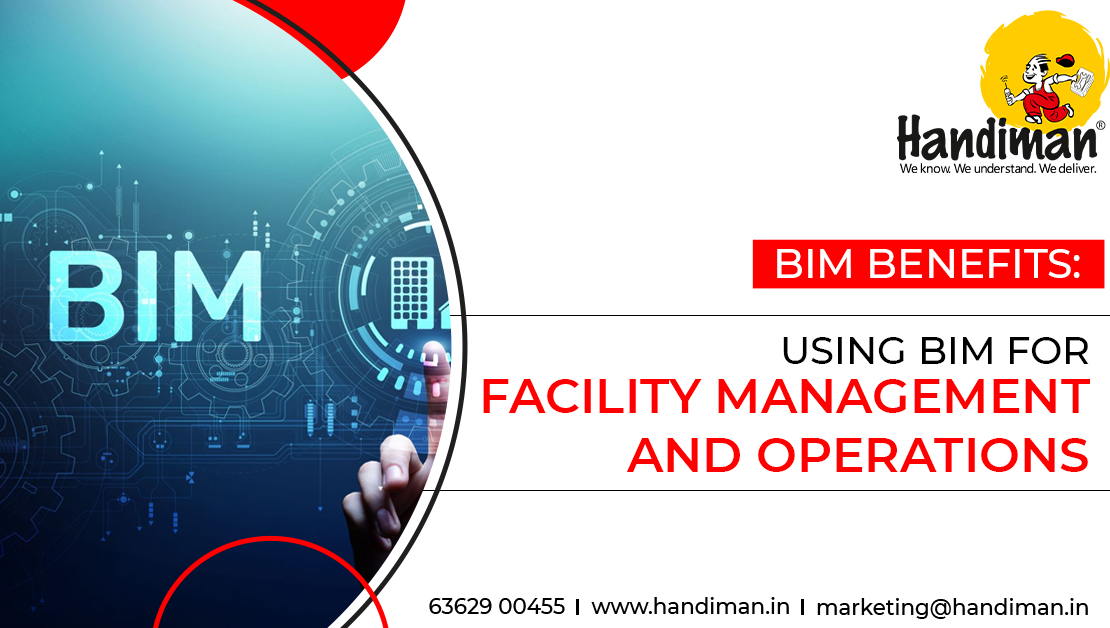
BIM Benefits: The Benefits of Using BIM for Facility Management and Operations
Building information modelling (BIM) is becoming more prevalent in the facility management and operations sector. Users can use BIM software to organize and distribute building-related data among various teams. Additionally, it enables facility managers to effectively manage their resources and business operations.
What is BIM?
Building information modelling is a process that generates and manages digital representations of a place's physical and functional characteristics using a variety of tools, technologies, and contracts. BIM models are virtualizations of a project's entire lifecycle, from conception to conclusion.
Why does BIM help in FM?
It gives the facility manager or owner precise information about the building's design and other components so they can manage the building's life cycle and make any necessary decisions. It provides a comprehensive database of the facility's structure, plumbing structure, floor plan, space requirements, furnishings, equipment, and electrical systems.
The advantages of implementing BIM in your facility
A strong tool, BIM, can aid in effective facility management. The following are some advantages of BIM implementation in facility management and operations.
Better Collaboration: BIM can contribute to better collaboration. This allows for the storage of all project-related information in a single location. As a result, all project participants can access the same data. People can thus collaborate more effectively and efficiently.
Enhanced Efficiency: BIM offers a thorough view of all the data pertaining to a specific building. That includes information on the structure of the building and its systems. It increases effectiveness as a result. It transforms how facility managers recognize and address issues. The fact that fewer resources are used in the problem-solving process, helps to reduce expensive efficiencies.
Cost-saving: It aids facility managers in choosing the most effective method of facility upkeep. BIM software can plan how to use space and materials more efficiently. It also helps the facility management team to figure out how to save energy and water. Lower bills may result from doing so. It is helpful for long-term building maintenance. Facility managers can guarantee the building's continued functionality by doing this.
Improve sustainability: By using BIM, a building's insulation can be improved. A building's sustainability is improved by:
- Ensuring effective energy use in a building
- Ensuring that the facility uses environmentally friendly materials
- Ensuring that a building doesn't damage the environment through its operations
Asset Management: Facility managers can try to cut down on space wastage, which will dramatically lower real estate costs, by having a good understanding of the assets, floor plans, space requirements, etc. Building asset information is centrally stored by BIM. They can also make sure the building is operating effectively.
Conclusion
Facilities can better serve their customers' needs by utilizing BIM. It is a digital method of digitally presenting a building's structural and functional details. We can say that BIM aids people in choosing the most effective ways to design and operate a facility. The software can assist in making more effective plans for using resources and space.
